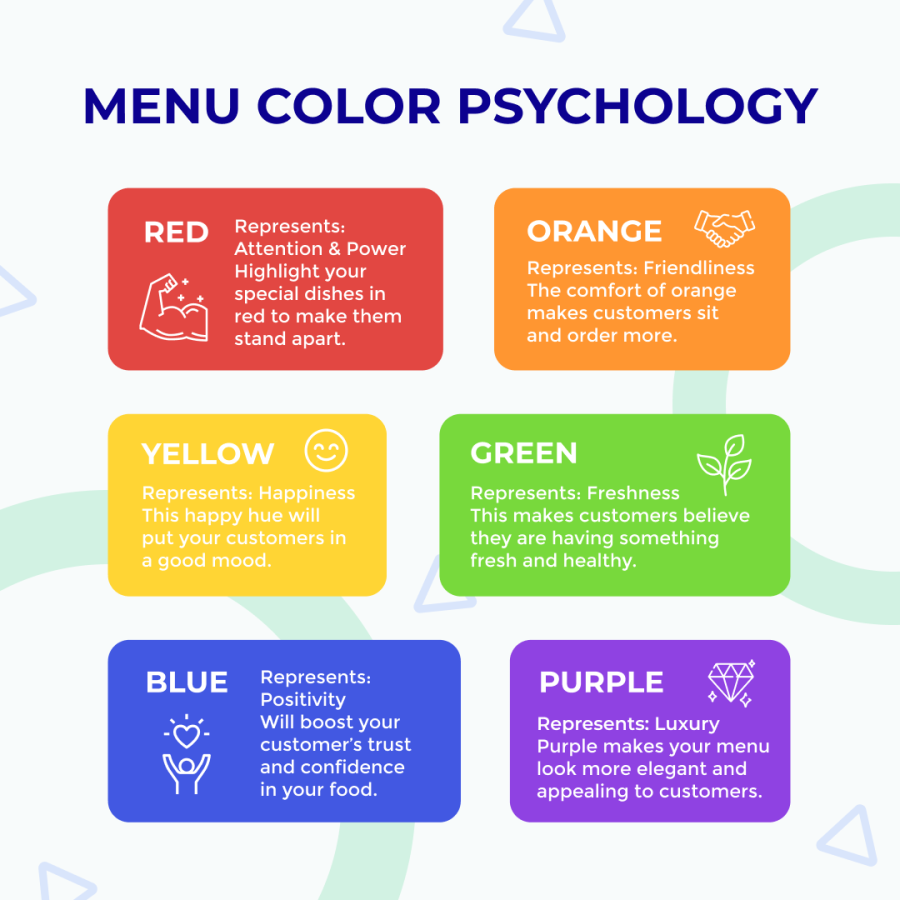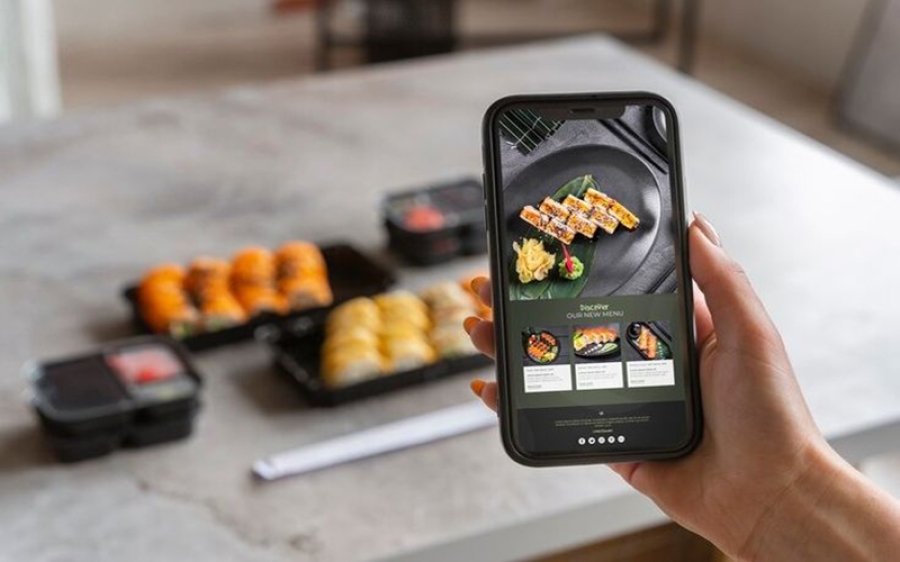Customers Say Ditch the QR Code Menus !!!
Customers Say Ditch the QR Code Menus
The impact of QR code menus on the dining experience is nuanced, with both enhancing and hindering factors at play. While QR code menus offer benefits such as contactless dining, efficient workflow, and dynamic menu modifications, they also present challenges like intrusiveness, difficulty of use, privacy concerns, and potential impacts on spending. Restaurants must carefully consider these factors when deciding to implement QR code menus, balancing the need for health and safety measures with the desire to enhance the dining experience for all customers.
As the hospitality industry continues to adapt to the challenges presented by the ongoing global pandemic, many restaurants have turned to QR code menus as a solution for reducing physical contact between staff and customers. However, recent feedback from customers suggests that this may not be the most effective or user-friendly option. Let's explore why customers are advocating for the ditching of QR code menus and what alternatives they are suggesting.
Why Customers Are Saying No to QR Code Menus
With the rise in popularity of QR code menus, customers have encountered a number of issues that have led them to express their dissatisfaction with this technology. Some of the common complaints include:
Accessibility Concerns: Many customers, especially older individuals or those with visual impairments, have found it challenging to access and navigate QR code menus. This has led to feelings of exclusion and frustration.
Technical Difficulties: Inconsistent internet connection or lack of smartphone compatibility can hinder customers' ability to access the menu quickly and easily. This can result in delays in ordering and overall dissatisfaction with the dining experience.
Lack of Personalization: QR code menus often lack the personal touch and interaction that customers value when dining out. The absence of face-to-face interaction with staff can make the experience feel impersonal and less enjoyable.
Health and Safety Concerns: While QR code menus were initially introduced as a safety measure to reduce contact points, some customers have expressed concerns about the cleanliness of shared devices or the potential for digital menus to harbor germs.
Customer-Friendly Alternatives to QR Code Menus
In response to these challenges, customers have proposed several alternatives that they believe would enhance their dining experience:
Interactive Digital Menus: Instead of static QR code menus, customers are advocating for interactive digital menus that allow for easy navigation, customization, and personalized recommendations. This could be achieved through touch screen devices or mobile apps that cater to individual preferences.
Traditional Menus: Some customers have suggested a return to traditional printed menus as a more user-friendly option. By implementing rigorous sanitization practices and disposable menus, restaurants can address health and safety concerns while providing a familiar and tactile experience for customers.
Tableside Ordering: To strike a balance between safety and personalized service, customers have proposed tableside ordering systems where servers assist with menu recommendations and take orders using handheld devices. This approach combines the convenience of digital menus with the human touch that customers appreciate.
Voice-Activated Menus: For customers with accessibility needs, voice-activated menus could offer a more inclusive and seamless ordering experience. By integrating voice recognition technology, restaurants can cater to a wider range of customers and ensure that everyone feels valued and accommodated.
Conclusion
QR code menus have become a significant trend in the restaurant industry, particularly in the wake of the COVID-19 pandemic. This digital innovation has been embraced for its ability to provide a contactless solution, ensuring safety and convenience for both customers and staff.
While QR code menus initially seemed like a practical solution for reducing physical contact and enhancing safety in restaurants, customer feedback has highlighted the limitations and drawbacks of this technology. By listening to their suggestions and exploring alternative menu options, restaurants can create a more customer-centric dining experience that prioritizes accessibility, personalization, and satisfaction. It's time to reconsider the use of QR code menus and embrace innovative solutions that truly meet the needs and preferences of customers.








